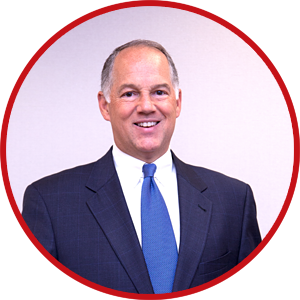
To improve alignment, your executive team will likely have to deal with tough, deep-seated issues.
We strongly recommend that you use the “debate, decide, and align” model.
One of the most dysfunctional and destructive organizational pathologies is “undermining.”
Unfortunately, we see this all the time.
Issues are discussed at the executive meeting. Alternatives are debated. And eventually, a decision about the best course of action is made.
Far too often, what happens next is that executives who did not get their way undermine the decision. Sometimes, their undermining is overt, blatant, and public, such as when executives tell their direct reports, “They made a dumb decision.”
Most of the time, however, the undermining is much more covert. Whispering at the watercooler. Backstabbing in the bathroom. Sniping at Starbucks.
This kind of behavior, especially at executive levels, must never be tolerated.
High-performance executive teams use the “debate, decide, and align” model. Once a decision is made, everyone aligns behind it, even it if wasn’t their preferred course of action.
I recognize that this is difficult. Most people can’t simply turn a switch and become passionate champions for an idea they vehemently disagreed with.
We once worked with a company that was grinding through the process of selecting their One Number.
First, there was a debate about whether using One Number to improve alignment was a good idea or not. Frankly, some executives thought it was unnecessary. Eventually, the CEO decided that it would indeed help the company improve alignment.
Once the CEO decided to do it, there was another debate about which number to choose. Then, there was another debate about the formula they would use to calculate their One Number. Then, there was yet another debate about what the target should be.
That is why creating alignment can be exhausting.
Ultimately, we came to a decision. We would use One Number. We agreed on One Formula and One Target. We launched the idea in a company-wide campaign.
Unfortunately, one executive (who was part of the entire process) refused to comply. Every time he showed his metric in company meetings, he used his own (non-compliant) formula. This was blatant, intentional undermining.
I would have fired him, but the CEO was reluctant to do so because his division was the most profitable one.
Alignment is a choice. And so is undermining.
In some cases, the undermining is intentional and volitional. In other cases, it is passive-aggressive.
Sometimes, the underminer is a single individual, acting alone. In other cases, it is led by a group or coalition. (We once facilitated an executive team offsite where a group of executives came into the meeting with the expressed purpose of leading a mutiny against the CEO.)
You should use the “debate, decide, and align” model to address critical alignment issues.
NOTE: This is an excerpt from my latest book, Drive One Direction.

